Present Projects
Building solutions for future problems
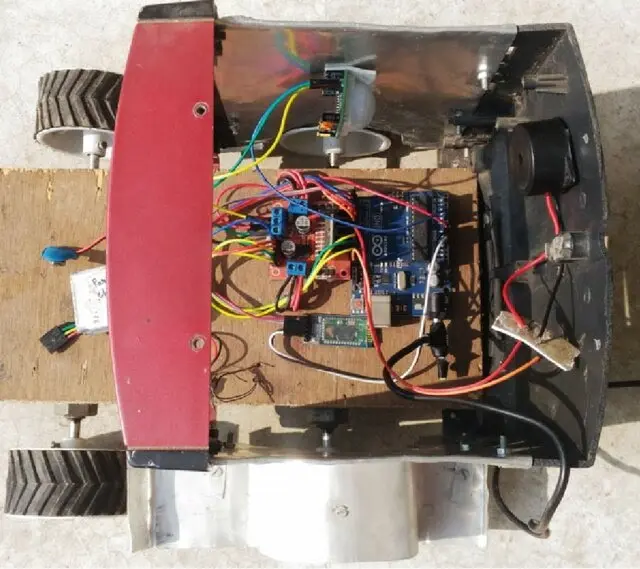
Bluetooth Controlled Robotic Car for Material Handling
Nowadays, material handling with the help of robotics knowledge is the emerging part in our day-to-day life. Material handling can be used to diminish the physical efforts. The cost-efficient Bluetooth-controlled robot car has made it possible for increasing number of handling tasks that is the main benefit of this paper. In this paper, we have designed and implemented the Bluetooth-controlled robot car for material handling using Arduino, pyroelectric infrared (PIR) sensor, and Bluetooth module which prove to be lower in cost than the preexisting designs. This device can be beneficial to farmers, storage godowns, educational organization, and general public for reducing their physical labors.
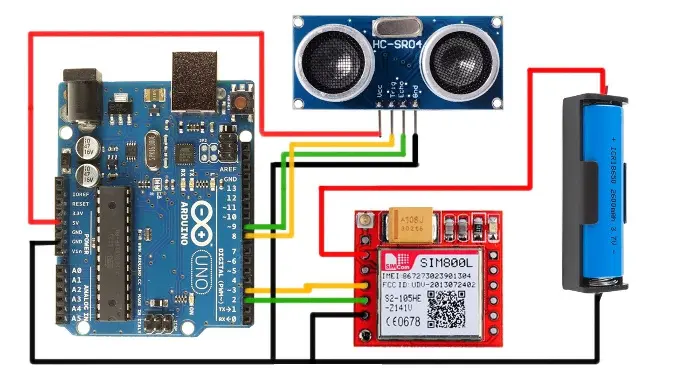
Ultrasonic Security Model utilizing GSM technology
This project presents an Ultrasonic Security Model utilizing GSM technology and ultrasonic sensors to enhance security measures. The system is designed to detect unauthorized access in a predefined area by employing ultrasonic sensors that continuously monitor for intrusions. When an anomaly is detected, the system triggers an alert and sends real-time notifications via GSM to the user’s mobile device. The integration of GSM ensures wide-range communication capabilities, enabling the user to respond promptly to potential security breaches. This model is cost-effective, easy to install, and provides reliable security monitoring, making it suitable for various applications such as home security, office surveillance, and restricted area monitoring.

Arduino Uno Powered Multi-Function Digital Clock
This project outlines the development of a Digital Clock using an Arduino Uno and an LED Matrix display. The design includes a Real-Time Clock (RTC) module to maintain precise timekeeping even during power outages. The LED matrix displays hours, minutes, and seconds in a clear, readable format, and the system allows for easy time adjustments via push buttons. This project demonstrates the versatility and simplicity of using Arduino in timekeeping applications, providing a visually appealing and functional clock. The implementation is cost-effective and suitable for educational purposes, hobbyists, and DIY enthusiasts, showcasing fundamental principles of embedded systems, digital electronics, and programming. Extensive testing confirmed the reliability and accuracy of the clock, highlighting its potential for various practical applications.
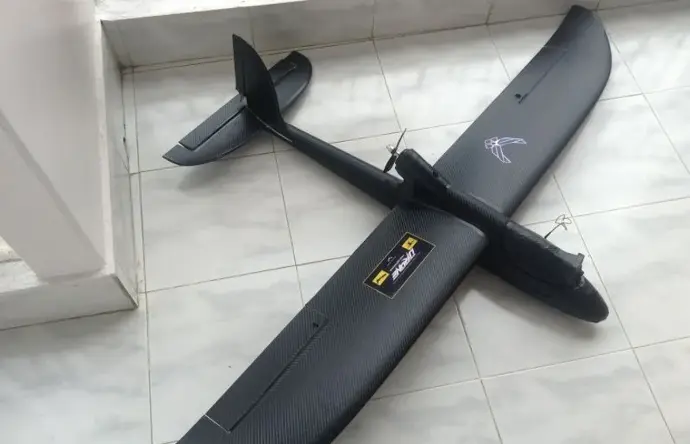
Design and Implementation of RC Plane
This project presents the design and implementation of a remote-controlled (RC) plane, focusing on the integration of aerodynamics, electronics, and control systems. The project involves selecting appropriate materials and components to construct a lightweight yet robust airframe. The propulsion system, consisting of an electric motor, propeller, and battery, is optimized for efficiency and performance. The control system, managed by a microcontroller, includes a transmitter and receiver for real-time maneuverability and stability. Detailed design parameters, including wing loading, thrust-to-weight ratio, and center of gravity, are calculated to ensure optimal flight characteristics. The RC plane is tested through a series of flight trials, demonstrating its capability to achieve stable flight, execute complex maneuvers, and maintain communication over a considerable range. This project serves as an educational tool for understanding the principles of flight and the application of embedded systems in aviation.
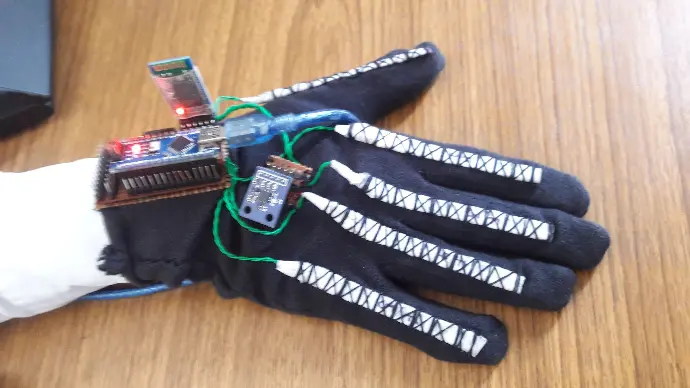
Smart Gloves for Deaf & Dumb Community
This project introduces Smart Gloves designed to facilitate communication for the deaf and dumb community. The gloves are embedded with sensors that capture hand gestures and movements, translating them into text or speech in real-time. Utilizing a combination of flex sensors, accelerometers, and a microcontroller, the system accurately interprets sign language and converts it into a comprehensible format for hearing individuals. This innovative solution bridges the communication gap, enabling more inclusive interactions. The gloves are lightweight, user-friendly, and can be connected to a mobile application via Bluetooth for enhanced functionality and ease of use. Through rigorous testing, the Smart Gloves demonstrated high accuracy and responsiveness, proving to be an effective tool for empowering the deaf and dumb community by facilitating seamless communication with the wider society.

IoT Based Leaf Disease Detection using Raspberry Pi
This project proposes an IoT-based Leaf Disease Detection system using Raspberry Pi, aimed at enhancing agricultural productivity through early detection and diagnosis of plant diseases. The system integrates Raspberry Pi with image processing techniques and Internet of Things (IoT) technology to enable real-time monitoring of plant health. A camera module captures images of plant leaves, which are then processed using machine learning algorithms to identify and classify diseases. Detected diseases are reported to the user via a web interface or mobile application, facilitating timely intervention and treatment. The use of Raspberry Pi ensures low-cost deployment and energy efficiency, making the system suitable for resource-constrained agricultural settings. Experimental results demonstrate the system’s effectiveness in accurately detecting various leaf diseases, thereby contributing to sustainable farming practices and crop yield optimization.
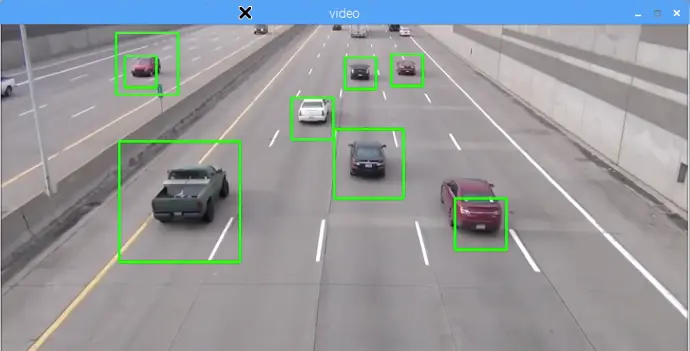
Vehicle Detection using Machine Learning & Raspberry Pi
This project presents a vehicle detection system using machine learning techniques implemented on a Raspberry Pi platform. The system aims to accurately detect and classify vehicles in real-time from video streams captured by cameras. Machine learning algorithms, specifically deep learning models like Convolutional Neural Networks (CNNs), are employed for robust detection and classification of vehicles based on their shapes and features. The Raspberry Pi serves as a low-cost, energy-efficient computing platform suitable for deployment in various environments, including traffic monitoring, smart parking systems, and automated toll collection. The system leverages Python programming and popular libraries such as TensorFlow or OpenCV for model development and integration with the Raspberry Pi. Experimental results demonstrate the system's capability to achieve high accuracy in vehicle detection tasks while maintaining real-time performance. This research contributes to advancing smart transportation systems by providing an effective solution for automated vehicle detection and monitoring.
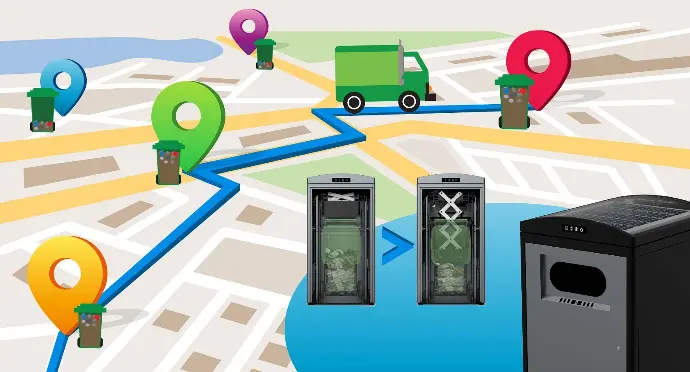
Smart Garbage Bin on IoT
This project presents Smart Garbage Bin system integrated with Internet of Things (IoT) technology for efficient waste management. The system aims to optimize garbage collection processes by utilizing sensors and IoT connectivity to monitor the fill-level of bins in real-time. Sensors deployed within the bins measure the fill-level and transmit data to a central server via IoT protocols. This information enables waste management authorities to schedule collection routes based on actual bin capacity, thereby reducing operational costs and environmental impact through optimized resource allocation. Additionally, the system incorporates smart features such as overflow alerts and route optimization algorithms to further enhance efficiency. A prototype of the Smart Garbage Bin system was developed and tested in a real-world urban environment, demonstrating significant improvements in waste collection efficiency and resource utilization compared to traditional methods.
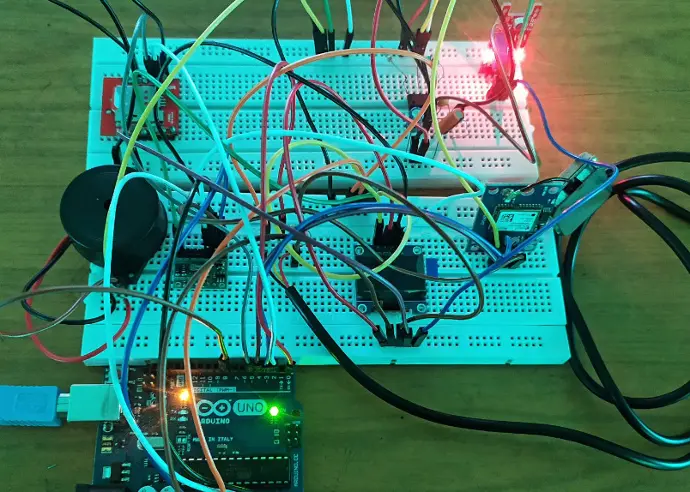
Smart Healthcare System using GSM Module
This project proposes a Smart Healthcare System utilizing a GSM module to facilitate remote health monitoring and emergency response. The system integrates various sensors to collect real-time health data, such as heart rate, temperature, and blood pressure, from patients. These data are transmitted securely through the GSM network to a central server or healthcare provider. The GSM module ensures reliable communication, enabling healthcare professionals to monitor patients' health remotely and intervene promptly in emergencies. Additionally, the system includes features for automated alerts and notifications to caregivers or family members, enhancing patient safety and care coordination. This Smart Healthcare System aims to improve healthcare accessibility and efficiency, particularly in remote or underserved areas where access to medical facilities is limited. Experimental results demonstrate the system's effectiveness in facilitating timely medical interventions and improving overall patient outcomes.
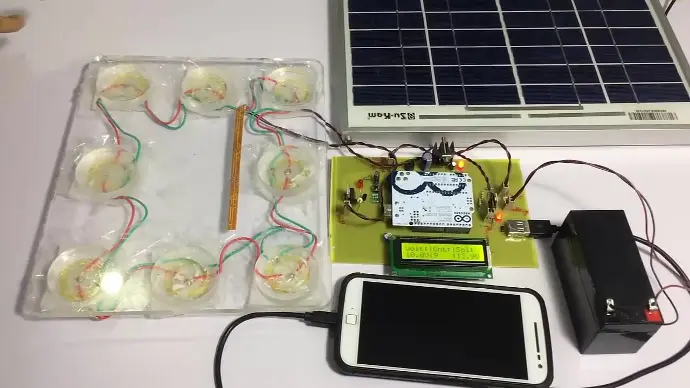
Piezo Electric Battery Charging System
This project introduces a Piezoelectric Battery Charging System designed to harness ambient mechanical energy for charging batteries. The system utilizes piezoelectric materials that generate electrical energy in response to mechanical stress, such as vibrations or pressure fluctuations. These materials are integrated into a compact, scalable device capable of capturing and converting ambient mechanical vibrations into electrical energy. The generated electricity is then stored in batteries for subsequent use, offering a sustainable and environmentally friendly charging solution. Key features include efficiency in energy conversion, adaptability to various environmental conditions, and potential applications in remote and off-grid locations where traditional charging methods are impractical. Experimental results demonstrate the feasibility and effectiveness of the proposed system in providing continuous and reliable battery charging using ambient mechanical energy sources. This innovation holds promise for advancing renewable energy technologies and addressing energy accessibility challenges in diverse settings.

FPGA Based Health Monitoring System
This project proposes an FPGA-based Health Monitoring System designed to provide real-time monitoring of vital signs. The system utilizes FPGA technology for efficient signal processing and data analysis, enabling continuous and accurate measurement of parameters such as heart rate, blood pressure, and body temperature. Sensors capture physiological data, which is processed within the FPGA to extract relevant health metrics. A user-friendly interface displays the monitored data in real-time and alerts healthcare providers or users of any abnormal readings. The FPGA's parallel processing capabilities ensure rapid data processing and low latency, crucial for timely medical interventions. The system's portability and low power consumption make it suitable for deployment in diverse healthcare settings, including hospitals, remote clinics, and home care environments. Experimental results demonstrate the system's reliability and effectiveness in providing comprehensive health monitoring, facilitating early detection of health issues and improving patient care.

Smart Vacuum Cleaner
This project a Smart Vacuum Cleaner designed for efficient and autonomous cleaning of indoor spaces. The system utilizes sensors and intelligent algorithms to navigate and clean floors effectively. It incorporates obstacle detection to maneuver around furniture and obstacles, ensuring thorough cleaning coverage. The vacuum cleaner integrates connectivity features for remote operation and status monitoring via mobile applications. Through machine learning algorithms, it adapts cleaning patterns based on environment and usage data, optimizing cleaning efficiency. This Smart Vacuum Cleaner offers convenience, effectiveness, and automation, catering to modern household needs for smart home technology.
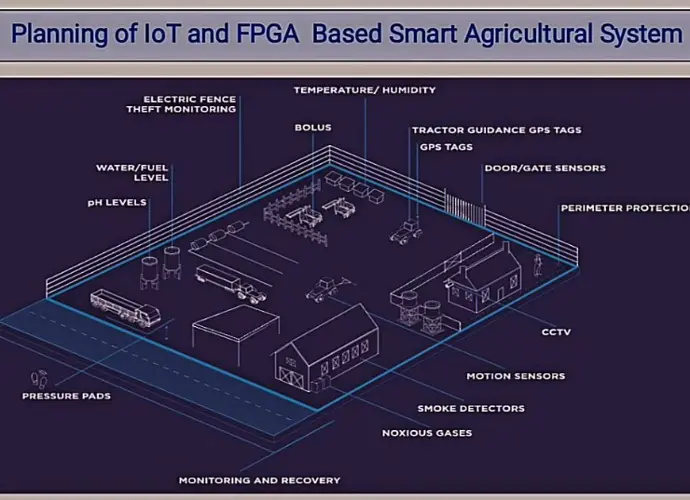
IoT Based Smart Agricultural System
This study introduces an IoT-based Smart Agricultural System designed to optimize farming practices using Internet of Things (IoT) technology. The system integrates various sensors to monitor crucial parameters such as soil moisture, temperature, and humidity in real-time. Data collected from the field is processed and analyzed to provide actionable insights to farmers, aiding in decision-making processes related to irrigation scheduling, crop health monitoring, and resource management. By leveraging IoT, the proposed system aims to enhance crop yield, reduce water consumption, and improve overall farm efficiency. Experimental results demonstrate the effectiveness and practicality of the system in modern agriculture applications.

Laser Based Home Security
This study proposes a Laser Based Home Security system aimed at enhancing residential security measures. The system utilizes laser beams as a perimeter defense mechanism to detect intrusions. When an intruder crosses the laser beam path, it triggers an alarm and alerts the homeowner via a connected mobile application. The design ensures real-time monitoring and prompt notification, enhancing response times during security breaches. The system's robustness and effectiveness were validated through experimental testing, demonstrating reliable intrusion detection capabilities. This cost-effective and scalable solution offers an advanced level of protection for residential properties, complementing traditional security systems with modern technology.
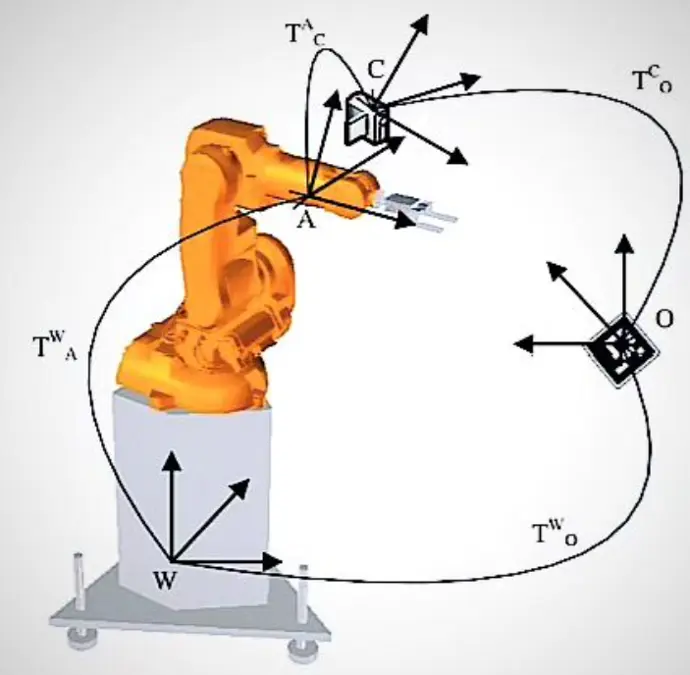
Robotic Arm Design
This study outlines the design of a robotic arm aimed at achieving precise and versatile manipulation tasks. The robotic arm features multiple degrees of freedom, enabling it to mimic human arm movements with enhanced dexterity and flexibility. Key components include servo motors, sensors for feedback control, and a robust mechanical structure to support various payloads. The design emphasizes efficiency in operation and ease of integration with different control interfaces, making it suitable for industrial automation, research laboratories, and educational purposes. Experimental validation demonstrates the arm's capability to perform complex tasks accurately, showcasing its potential for diverse applications in modern robotics. .